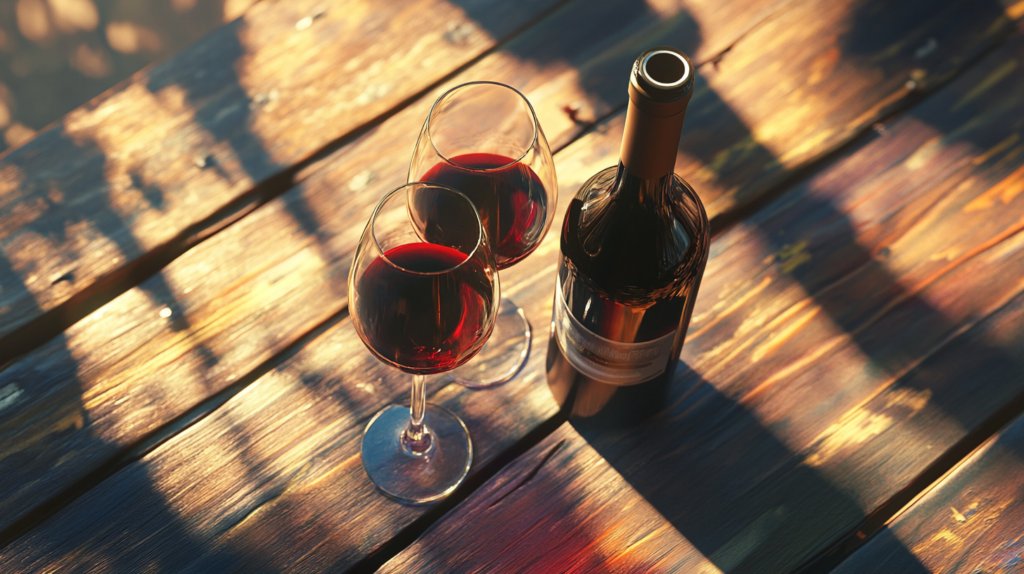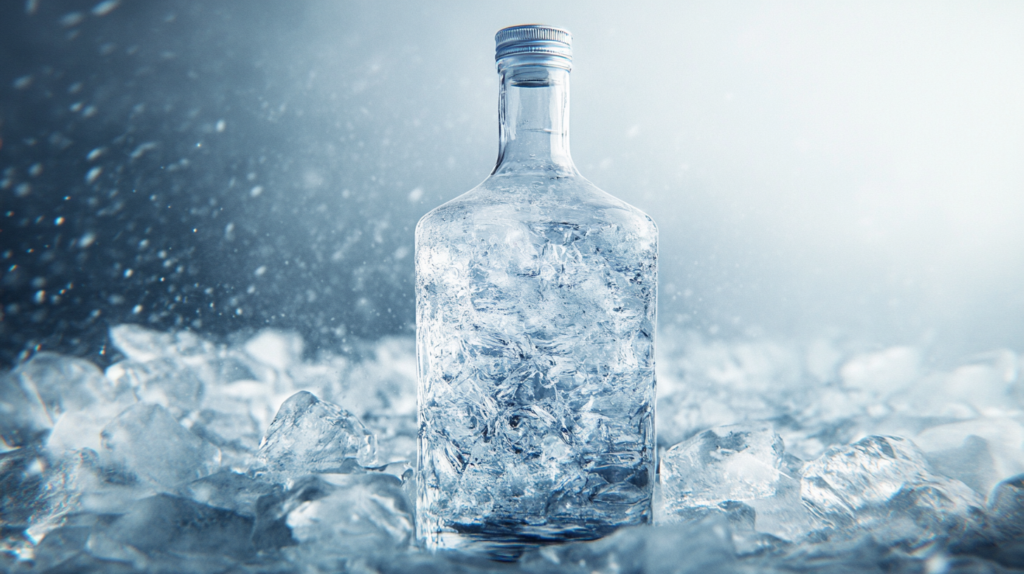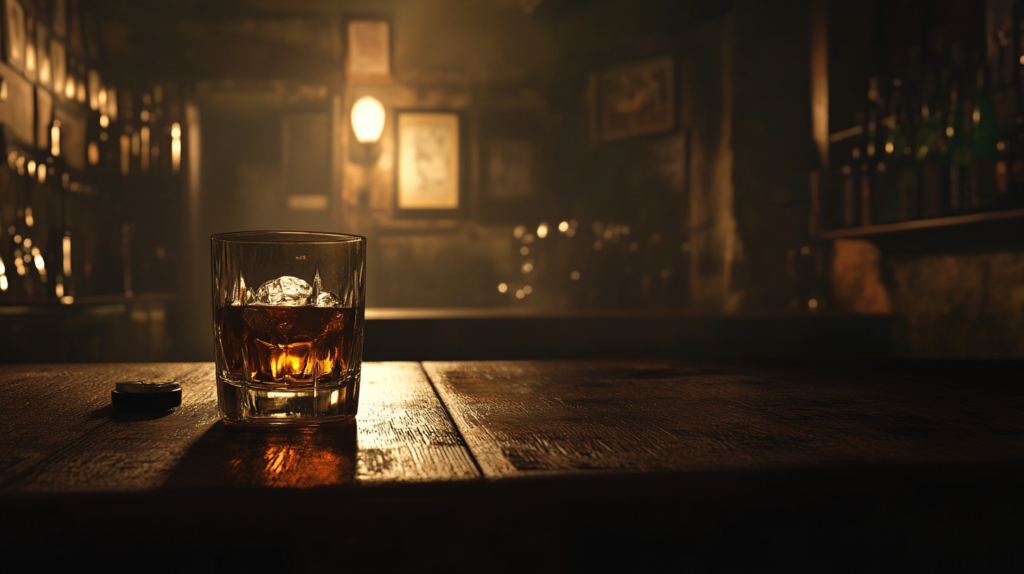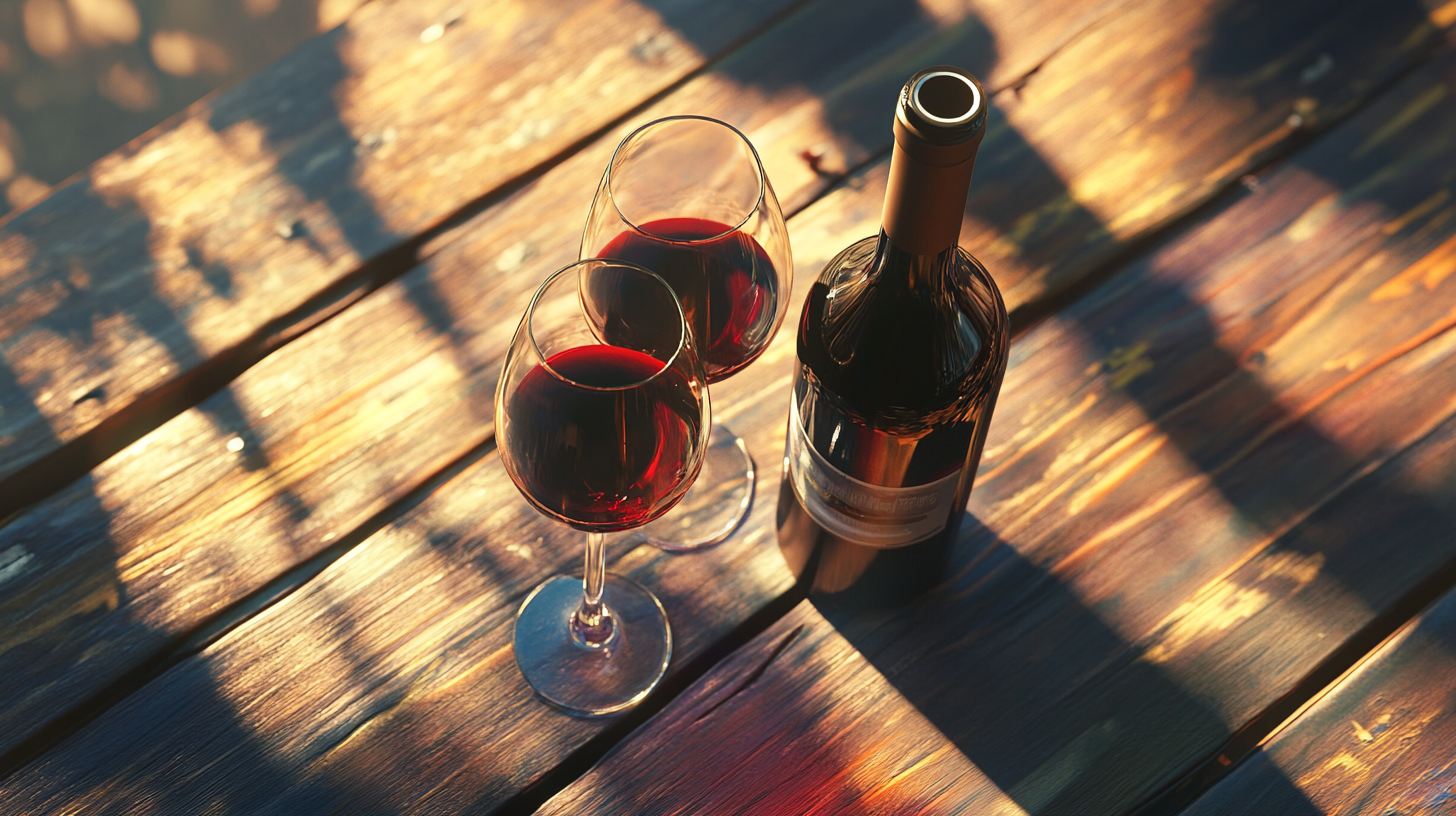
When you’re choosing a bottle of wine, you probably look at the grape, region, or maybe the tasting notes. But there’s one tiny detail on the label that makes a big impact: the alcohol content.
Also known as ABV (alcohol by volume), this number affects everything from how a wine tastes and feels in your mouth to how it pairs with food. Whether you prefer a light bubbly or a bold red, understanding wine’s alcohol content can help you choose better and enjoy more.
In this post, we’re diving into what alcohol content in wine actually means, how it’s influenced, and what you can expect from different types of wine.
What Is alcohol content in wine?
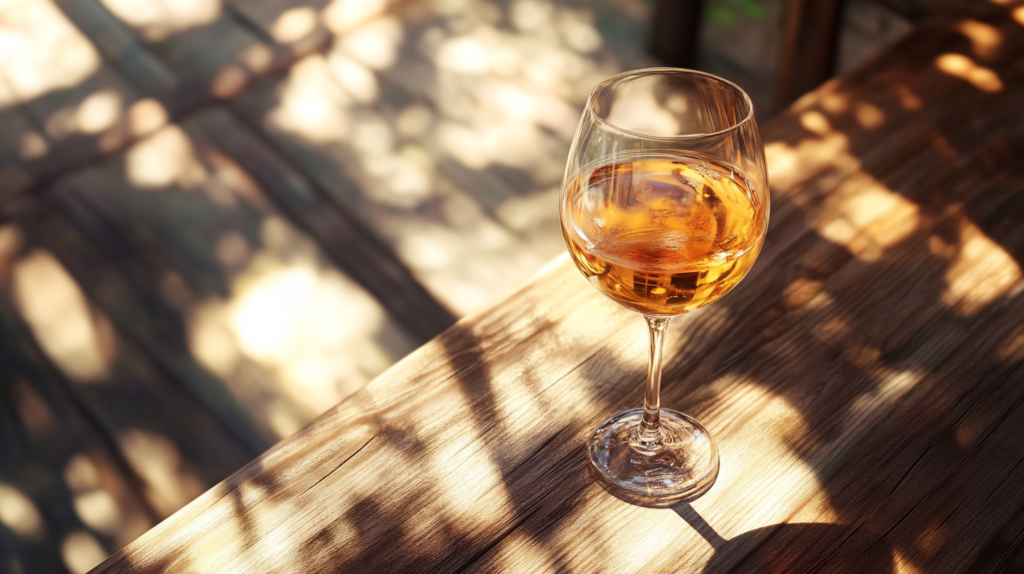
Alcohol content refers to the percentage of ethanol (pure alcohol) in your glass of wine. For example, a 13% ABV wine has 13 ml of alcohol in every 100 ml of wine. It’s usually printed on the label, but what does it really tell you?
Alcohol is created during fermentation, when yeast consumes the natural sugars in grapes and turns them into alcohol. The riper the grape, the more sugar—and therefore, the higher the potential alcohol content. That’s why wines from warm regions like California or Australia tend to be boozier than those from cooler areas like Germany or northern France.
What factors affect alcohol levels?
Several key factors influence how much alcohol ends up in your wine, from natural conditions to winemaking choices.
Climate plays a big role. In warmer regions, grapes ripen faster and accumulate more sugar, leading to higher alcohol levels. In cooler climates, slower ripening can result in lower sugar and lighter wines.
Grape variety also matters. Some grapes—like Zinfandel or Syrah—are naturally higher in sugar and ferment into stronger wines, while others like Riesling or Pinot Grigio tend to stay on the lighter side.
Then there are the winemaking techniques. In some regions, winemakers add sugar before fermentation (called chaptalization) to increase ABV in wines made from underripe grapes. Conversely, fermentation can be halted early to preserve sweetness and keep alcohol lower, as is common with many dessert wines.
Fortified wines like Port or Sherry get an added dose of distilled spirit during or after fermentation, bumping the ABV to 15–20% or more. Other techniques, like carbonic maceration, result in wines that are fruitier and lower in alcohol.
From vineyard to cellar, many decisions affect that final number on the bottle.
How alcohol influences taste and body
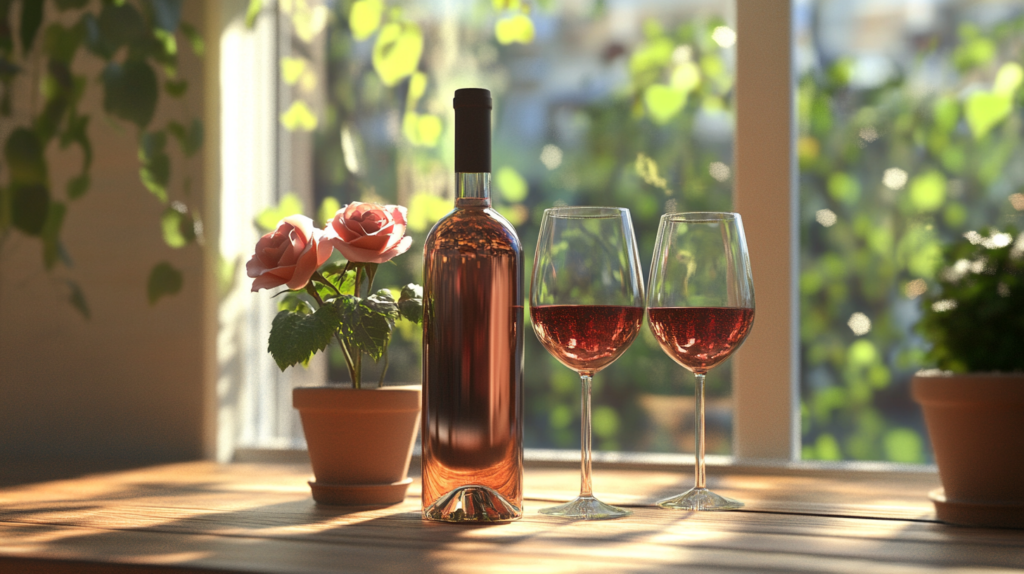
So what does alcohol taste like? Technically, it’s neutral. But it changes the way wine feels and how flavors are perceived.
- Higher alcohol gives wine more body—a fuller, heavier texture on the palate.
- Alcohol boosts sweetness, even in dry wines. This can make high-alcohol wines feel warm, ripe, or even a bit jammy.
- Balance is key. A well-made wine doesn’t feel hot or overwhelming, even at 15% ABV. Acidity, tannin, and fruit all play a part in keeping things harmonious.
Typical alcohol content by wine type
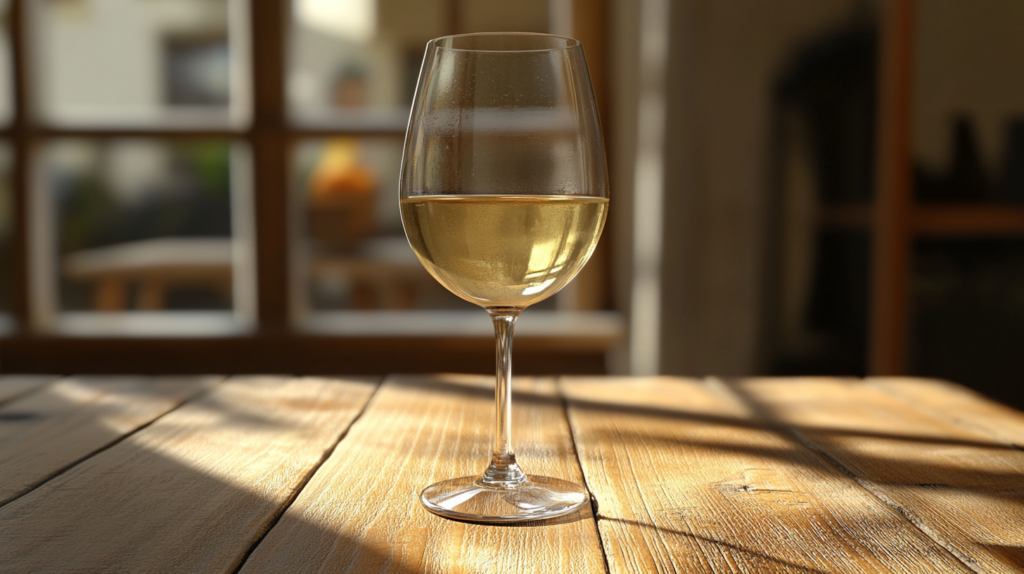
Here’s a quick guide to average ABV levels in popular wine styles:
| Wine style | Typical ABV range |
|---|---|
| Sparkling wine | 10.5% – 12.5% |
| Rosé | 11.5% – 13.5% |
| Light white wine | 11% – 12.5% |
| Full-bodied white wine | 13% – 14.5% |
| Light red wine | 12% – 13.5% |
| Full-bodied red wine | 13.5% – 15%+ |
| Orange wine | 12% – 14.5% |
| Dessert wine | 13% – 15%+ |
| Fortified wine | 15% – 20%+ |
Let’s take a closer look at each category—with examples.
Sparkling wine alcohol content
Sparkling wines typically have lower alcohol levels, often between 10.5% and 12.5%. They are made using grapes harvested earlier for acidity, and the second fermentation (to create bubbles) rarely pushes the alcohol much higher.
Examples:
- Veuve Clicquot Brut NV (Champagne, France) – 12% ABV
- La Marca Prosecco (Italy) – 11% ABV
- Codorníu Cava Brut (Spain) – 11.5% ABV
These wines are crisp, refreshing, and ideal for toasts and celebrations.
Rosé alcohol content
Rosés fall in the middle of the alcohol spectrum, usually between 11.5% and 13.5%. The ABV depends on grape variety, ripeness, and whether it’s dry or slightly off-dry.
Examples:
- Whispering Angel Rosé (Provence, France) – 12.5% ABV
- Miraval Rosé (Côtes de Provence, France) – 13% ABV
- Mateus Rosé Original (Portugal) – 11% ABV
These wines are great warm-weather sippers and pair well with salads, grilled veggies, or seafood.
White wine alcohol content
White wines vary depending on style and origin. Lighter whites are generally between 11% and 12.5%, while fuller whites are often above 13%.
Examples of light white wines:
- Santa Margherita Pinot Grigio (Italy) – 12.5% ABV
- Kim Crawford Sauvignon Blanc (New Zealand) – 13% ABV
- Dr. Loosen Riesling (Germany) – 8.5%–9% ABV (sweet style)
Examples of full-bodied white wines:
- Rombauer Chardonnay (California, USA) – 14.5% ABV
- Kendall-Jackson Vintner’s Reserve Chardonnay (California) – 13.5% ABV
White wines offer a broad range of profiles—from citrusy and zesty to creamy and oaky.
Red wine alcohol content
Reds tend to have higher ABVs than whites and rosés, especially those from warmer regions.
Examples of light red wines:
- Meiomi Pinot Noir (California) – 13.7% ABV
- Louis Jadot Beaujolais-Villages (France) – 13% ABV
Examples of full-bodied red wines:
- Bogle Old Vine Zinfandel (California) – 14.5% ABV
- Catena Malbec (Argentina) – 14% ABV
- Robert Mondavi Cabernet Sauvignon (Napa Valley) – 14.5% ABV
These reds are rich and powerful—perfect for steaks, roasts, or slow-cooked meals.
Orange wine alcohol content
Orange wines sit somewhere between whites and reds in both taste and alcohol level. They’re made by fermenting white grapes with their skins, resulting in a wine with depth, tannin, and a bit more structure.
Examples:
- Radikon Slatnik (Italy) – 13.5% ABV
- Bibbiano Montornello Orange Trebbiano (Italy) – 13% ABV
- Pheasant’s Tears Rkatsiteli (Georgia) – 12.5% ABV
These wines often have earthy, nutty notes and work well with spicy or fermented dishes.
Low, medium, and high alcohol wines
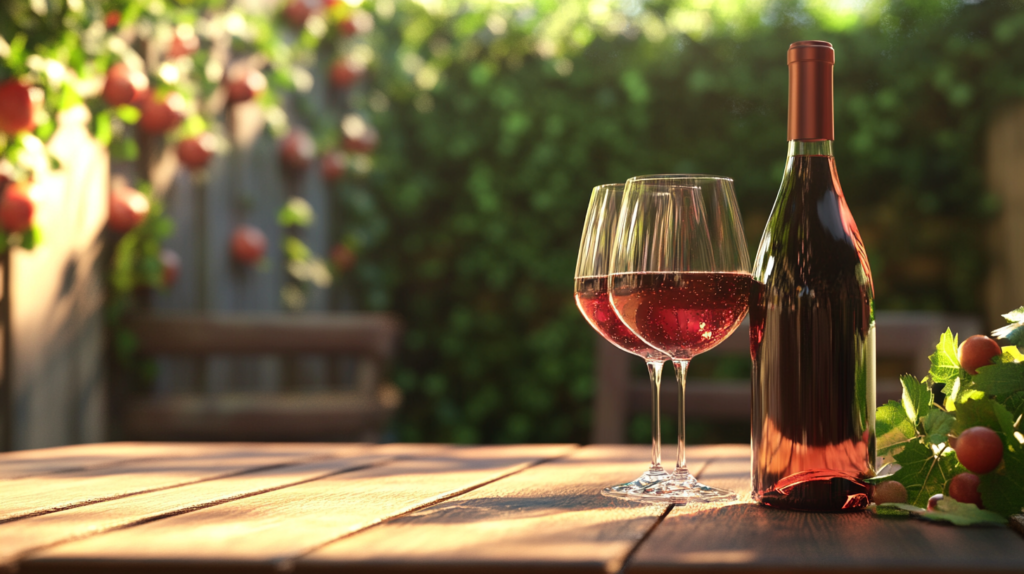
To make it even easier, here’s how wine generally breaks down by strength:
Low alcohol wines (Under 11%)
These are light, zesty, and often a bit sweet. Great for daytime sipping or low-key occasions.
Examples:
- Moscato d’Asti (5–6%)
- German Kabinett Riesling (7.5–10%)
- Vinho Verde (9–10.5%)
Medium alcohol wines (11%–13.5%)
This is the sweet spot for many table wines. Balanced and versatile with food.
Examples:
- Prosecco (11–11.5%)
- Sauvignon Blanc (12–13%)
- Rosé wines (11.5–13.5%)
- Pinot Noir (12.5–13.5%)
High alcohol wines (13.5% and up)
Bold, full-bodied wines—great for sipping slowly or pairing with rich meals.
Examples:
- Zinfandel (14–15.5%)
- Shiraz/Syrah (14–15%)
- Amarone (15–16%+)
- Port, Madeira, Sherry (15–20%+)
FAQs
What does abv mean in wine?
ABV stands for alcohol by volume. It tells you the percentage of alcohol in the wine. For example, a wine labeled 13% ABV contains 13 milliliters of pure alcohol in every 100 milliliters of wine.
Does a higher abv mean a stronger taste?
Not always. While higher ABV often results in a fuller-bodied wine with a warmer finish, taste depends on other factors too—like acidity, sweetness, and tannins. A well-balanced high-ABV wine may taste smooth, not harsh.
Are low alcohol wines always sweet?
Many low-alcohol wines are sweet, like Moscato or Riesling, because fermentation is stopped early to preserve sugar. But some low-alcohol wines, like Vinho Verde, are dry and crisp. It depends on the winemaking style.
How do I find the alcohol content on a wine bottle?
Look at the label—usually on the front or back near the bottom. It will say something like “13% vol” or “13% ABV.”
Are there benefits to choosing a lower abv wine?
Yes—lower ABV wines are generally easier to sip, especially in warm weather or at lunch. They can also be a good option for mindful drinking, or if you’re planning to enjoy more than one glass.
Can I taste the alcohol in wine?
If a wine is unbalanced, you might notice a hot or burning sensation, especially in wines above 14.5% ABV. But in well-made wines, the alcohol is integrated with the other elements and won’t stand out.
Final sip: Why ABV matters
The alcohol content of a wine can tell you a lot about what you’re about to experience—how bold it’ll feel, how sweet it might taste, and what foods it’ll pair with best.
So next time you browse a wine list or stroll through the bottle shop, take a peek at the ABV. You might find a new favorite in a lower-alcohol white, or fall in love with the power of a high-proof red.
Cheers to knowing what’s in your glass!

